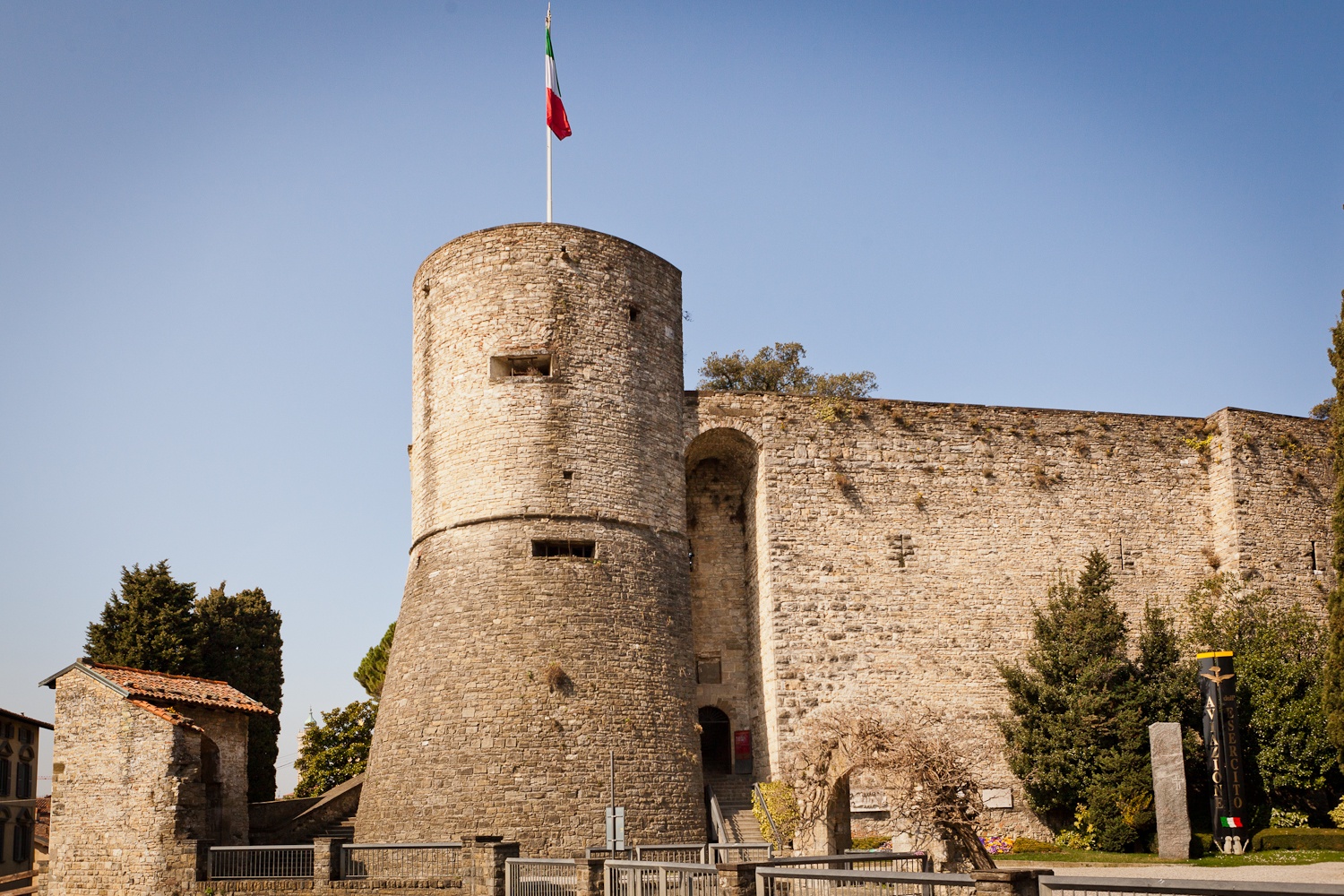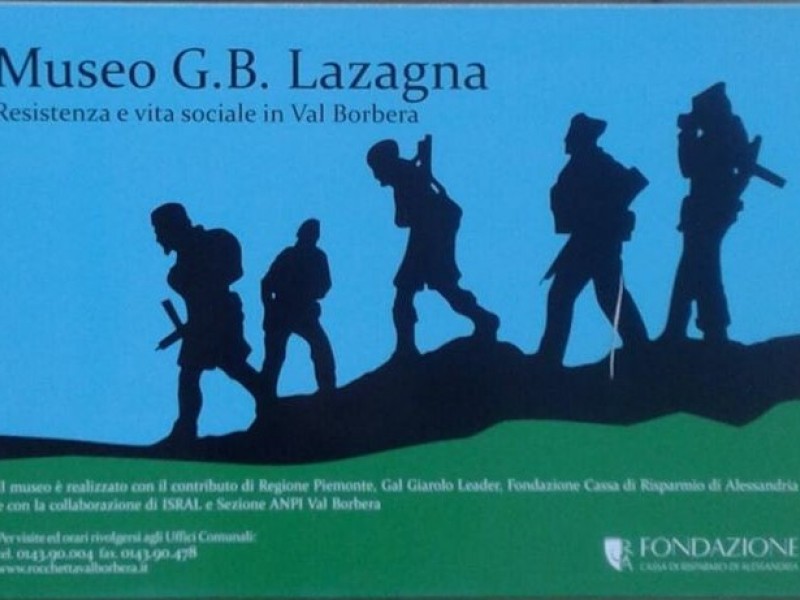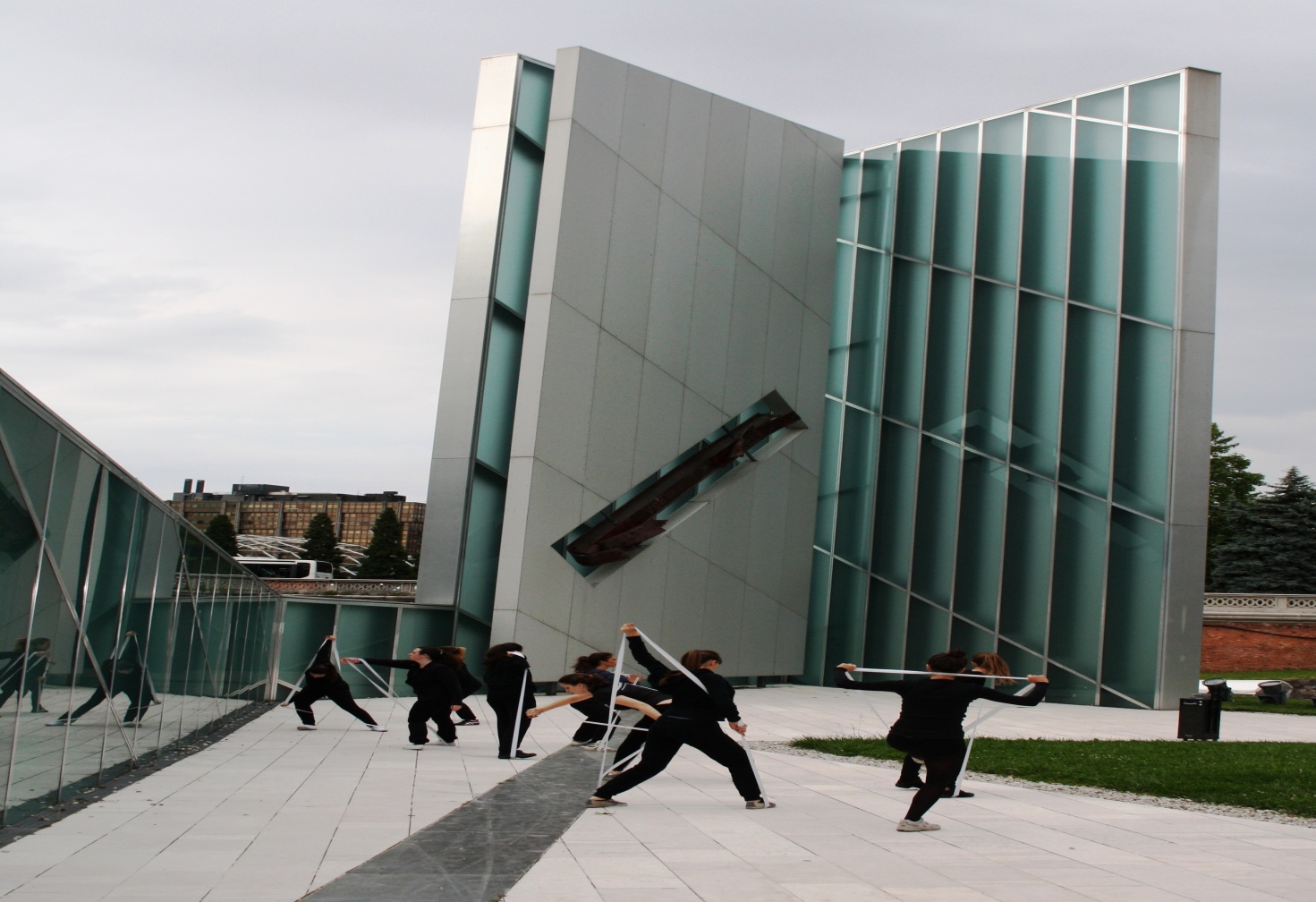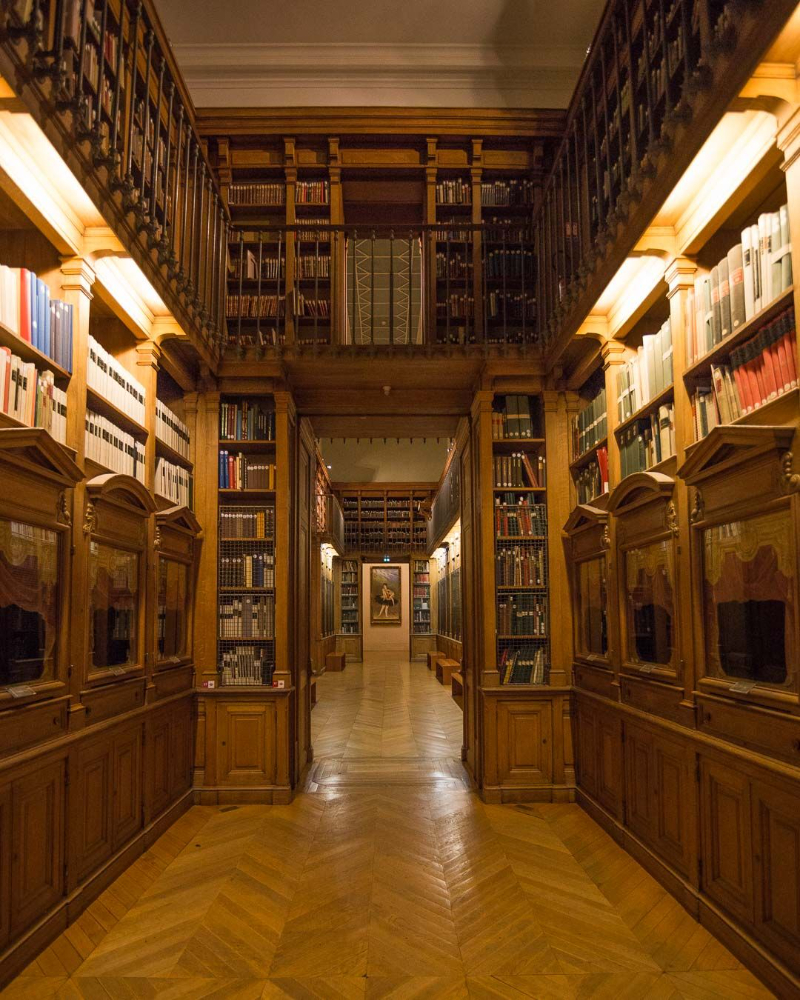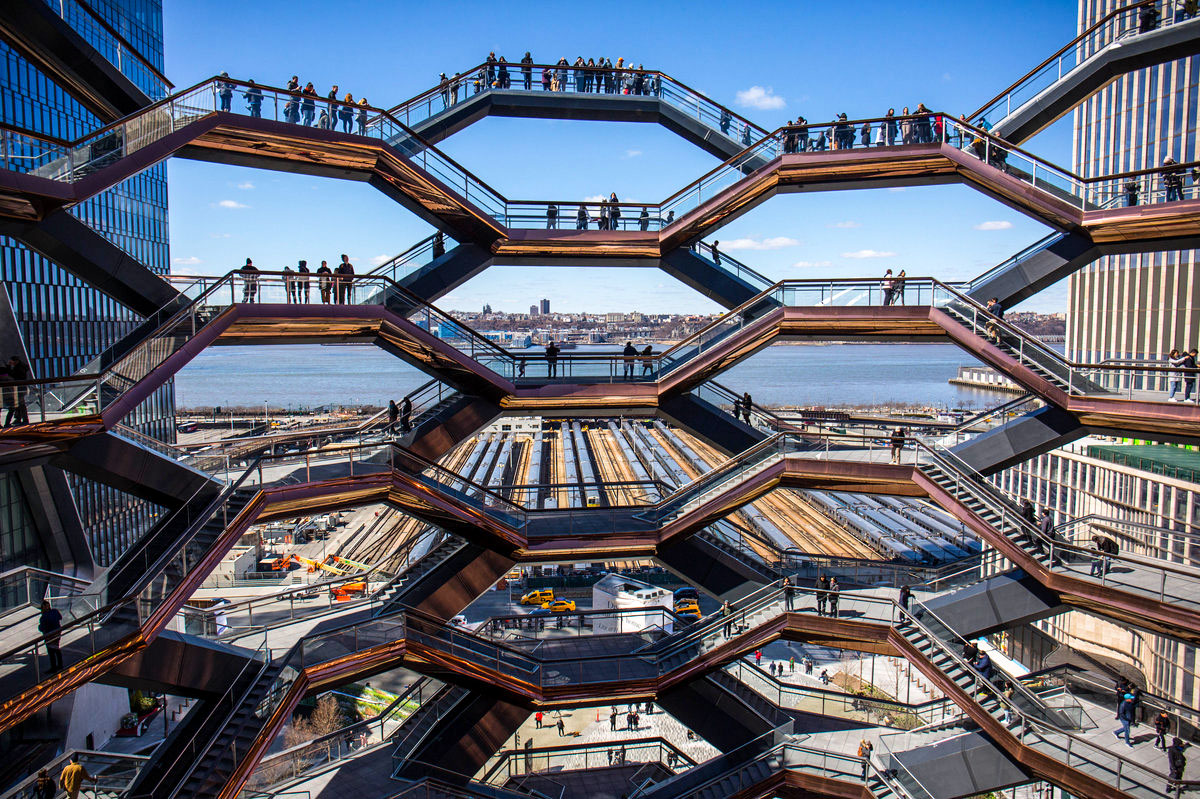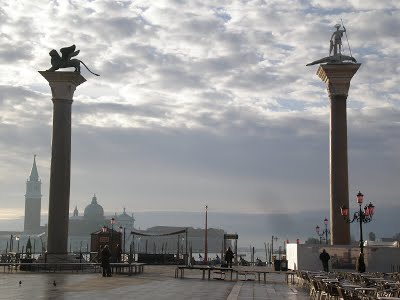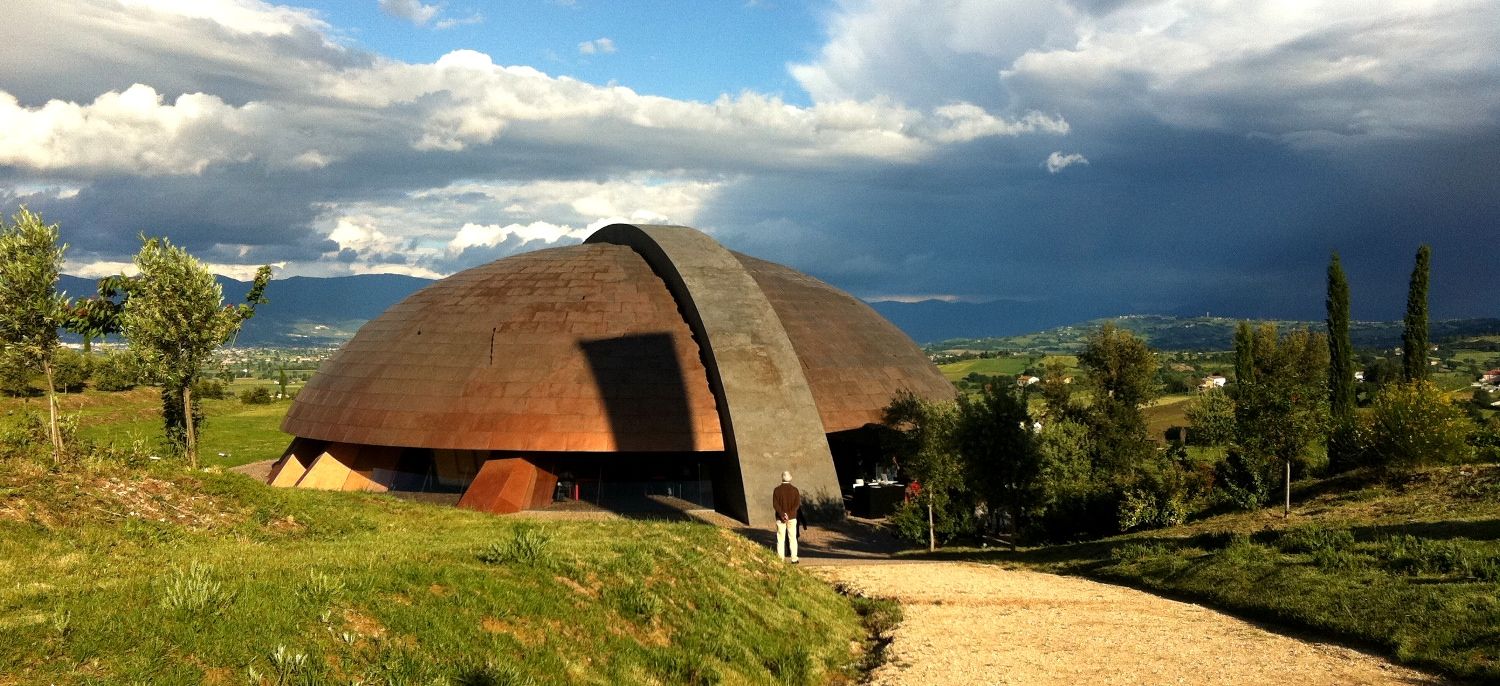Founded in 1917 as the "Civic Museum of the Risorgimento", the City Museum was set up at a very critical moment both at military and social level for the continuation of the First World War, with the declared aim at educational level to "create even in the younger generations the idea of Homeland".
Following a cultural project by Antonio Locatelli and Locatelli Milesi, in 1933 the Museo del Risorgimento e Lapidario, housed in the University since its opening in 1917, was transferred and rearranged in the building of the Veneto artillerymen inside the keep. Among the main innovations are the emphasis placed on local events and personalities, a section dedicated to the First World War, presented as the closing of the Risorgimento, but above all the fascist vision of history: the colonial wars as a reconstitution of the Roman Empire and historical necessity for Italy, the war as a "lavacro" for the Italic people, the Risorgimento in its mythopoietic dimension, heroicized and far from the social dimension.
The refurbishment of the Museum of Bergamo in 1959 does not deviate from the themes of its foundation, with the previous patriotic-celebratory line attentive to the local sphere, in which, however, the Resistance emerges, interpreted as a secular struggle against the alleged Germanic bestiality, while the fascist twenty-year period is absent, if we exclude the colonial wars and a section dedicated to Antonio Locatelli.
In 1997, after twenty years of closure, it reopened as the "Historical Museum of the City of Bergamo" at the Convent of San Francesco, with a provisional layout redefined in May 7, 2004 on the occasion of the transfer to the restored headquarters of the Rocca and a new change of name, due to the attention paid to the whole orobic territory: Bergamo Historical Museum.
In 2014, on the occasion of a significant renewal of the exhibition itinerary and collections, the museum reopens to the public and is named after Mauro Gelfi, director from 1997 to 2010.
